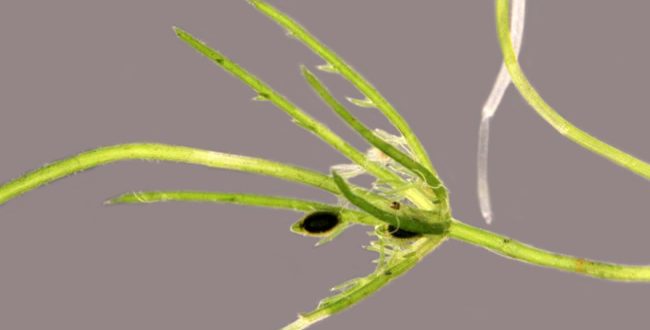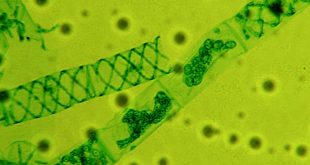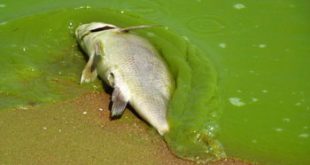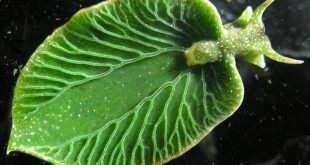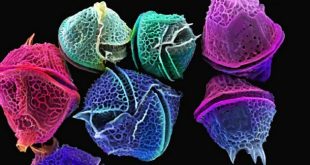The transformation of green, photosynthetic algae from their original simple aquatic life to advanced terrestrial plants was a key event in the history of planet Earth, ranking in significance with the origin of photosynthesis.
It is quite obvious from phylogenetic, molecular and morphological studies that higher plants are derived from green algae and some extant members of Tetrasporine line of algal evolution support this evolutionary advancement.
Read these helpful articles:
Morphological & Cellular Evidence
| Green algae | Higher plants |
| Chlorophyll a and b present | Chlorophyll a and b present |
| Plant body is differentiated into node and internode as in Chara. | Plant body is differentiated into node and internode. |
| Foliaceous nature (Ulva) | Same |
| Growth by apical cell for indefinite period as in Chara. | Growth by apical cells. |
| Reproductive structure is surrounded by sterile jacket layer as in Chara. | Reproductive structure is always surrounded by sterile jacket layer. |
| Parenchymatous tissue is present in Ulva. | Higher plants have parenchymatous tissue. |
Ultra-microscopic evidence
Best safe and secure cloud storage with password protection
Get Envato Elements, Prime Video, Hotstar and Netflix For Free
Best Money Earning Website 100$ Day
#1 Top ranking article submission website
- The most important evidence is based on the observation that two fundamentally different types of microtubule organization are found within the green lineage during cytokinesis.
The first, termed a phycoplast, is characterized by the collapse of the spindle apparatus after mitosis, with the microtubules oriented in the same direction as the plane of cell division.
The second, termed a phragmoplast, is characterized by the development of a persistent telophase spindle and a cleavage furrow, with the microtubules oriented at right angles to the plane of cell division.
That charophytes and land plants have a phragmoplast type of cell division, whereas chlorophytes have a phycoplast type of cell division led to the idea that the Charophytes (e.g. Chara, Nitella) could be the probable progenitor of the land plants (Mattox and Stewart, 1984).
Phylogenetic evidence
- The molecular sequence data from nuclear- (Bhattacharya and Ehlting, 1995; Kranz and Huss, 1996; Friedl, 1997), plastid- (Manhart, 1994), and mitochondria-encoded (Malek et al., 1996) genes also support a sister-group relationship between charophytes and land plants.
In addition, several structural markers such as the presence of group II introns in two different tRNA genes of all land plants, Coleochaete spp., and Nitella spp. (Charales), which are found in only one of these genes in Spirogyra spp. (Zygnematales) and in no chlorophytes, suggests that the charophytes are directly related to the land plants, with Chara/Nitella spp. being more closely related than Spirogyra spp. (Manhart and Palmer, 1990).
Best safe and secure cloud storage with password protection
Get Envato Elements, Prime Video, Hotstar and Netflix For Free
 Plantlet The Blogging Platform of Department of Botany, University of Dhaka
Plantlet The Blogging Platform of Department of Botany, University of Dhaka
